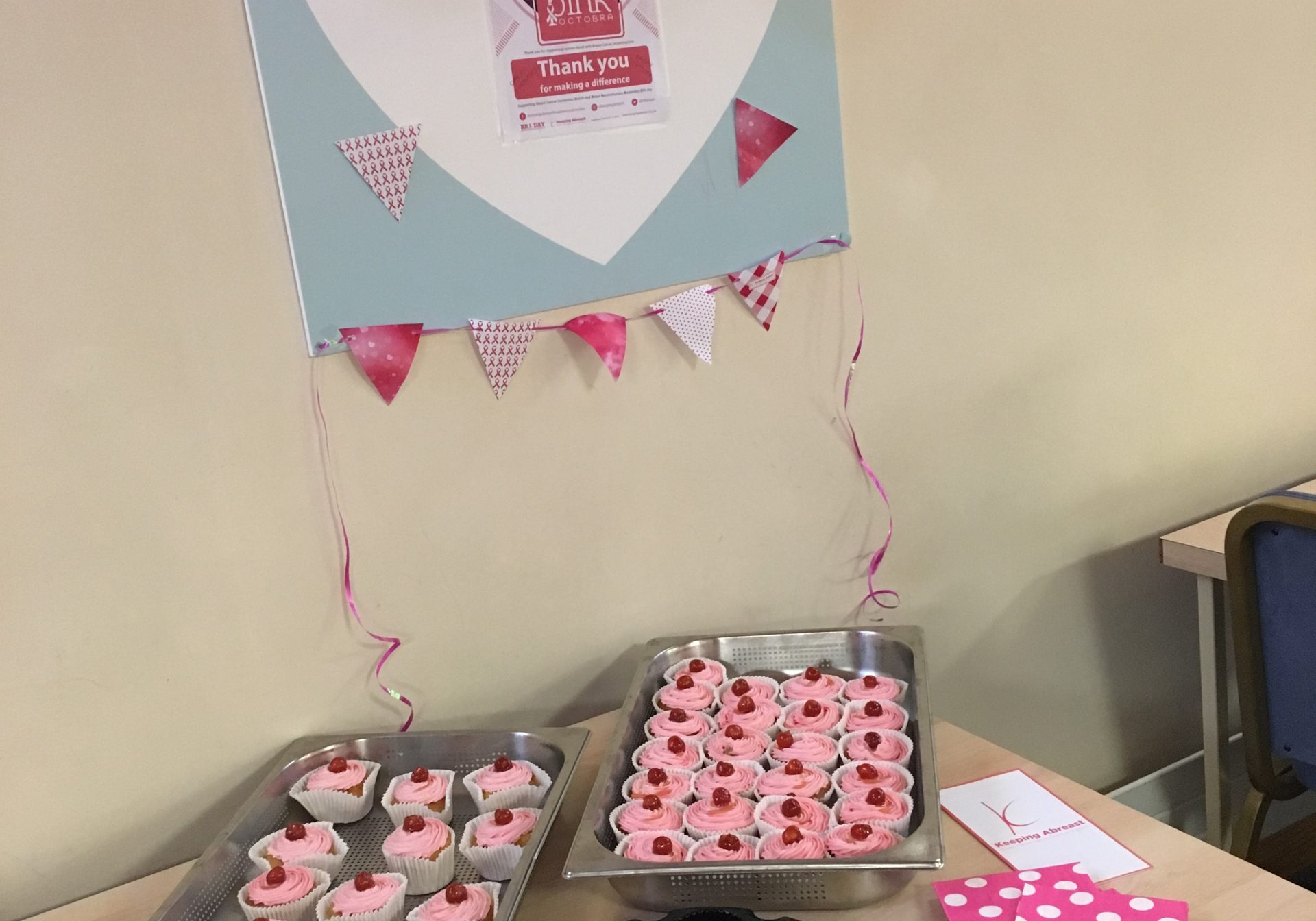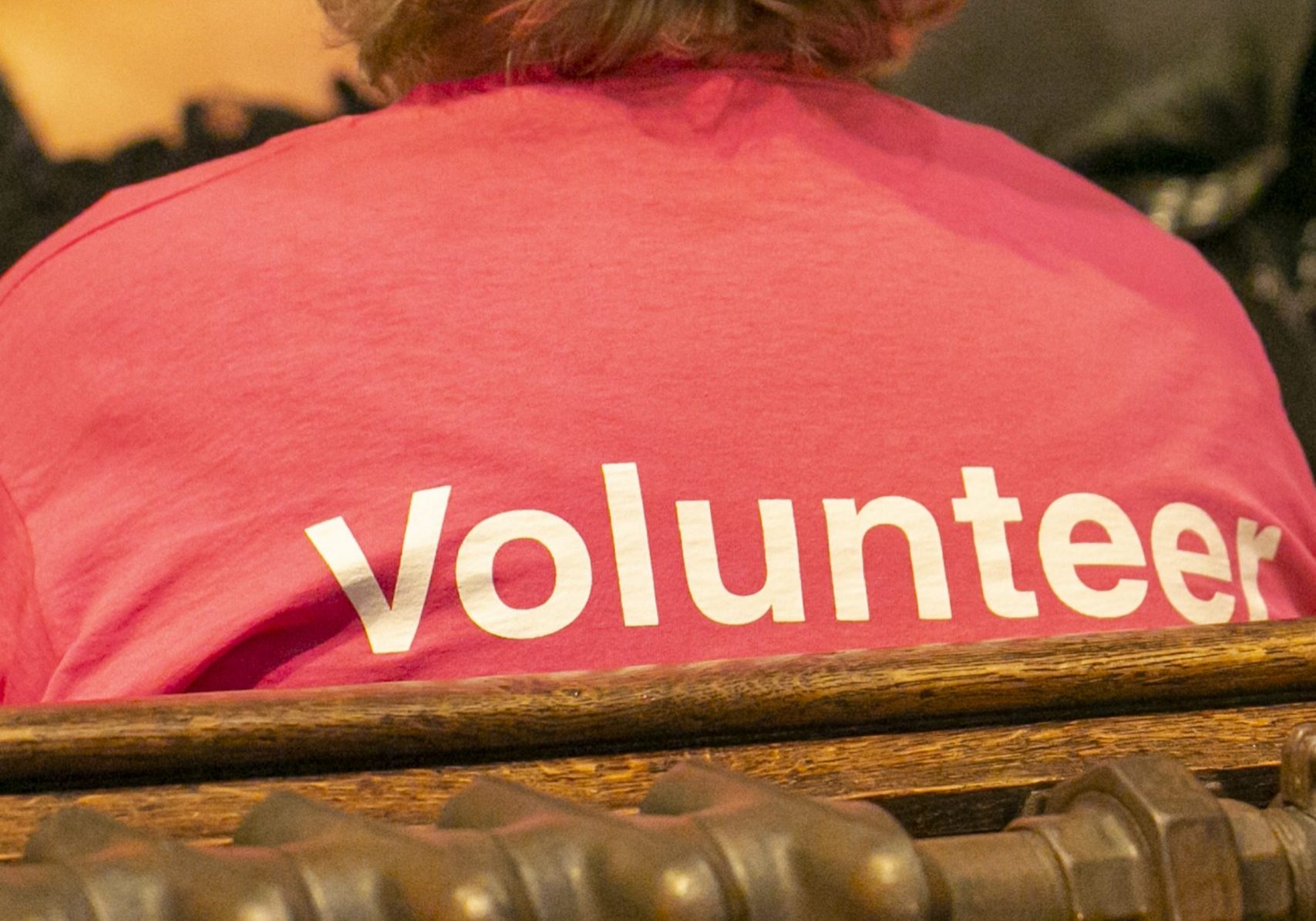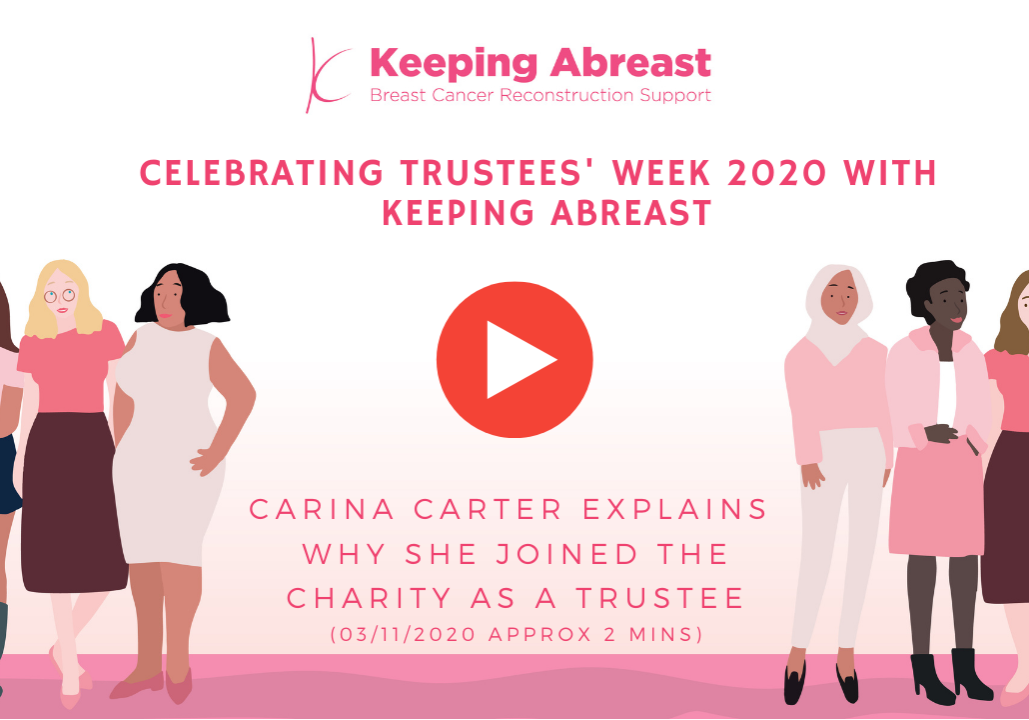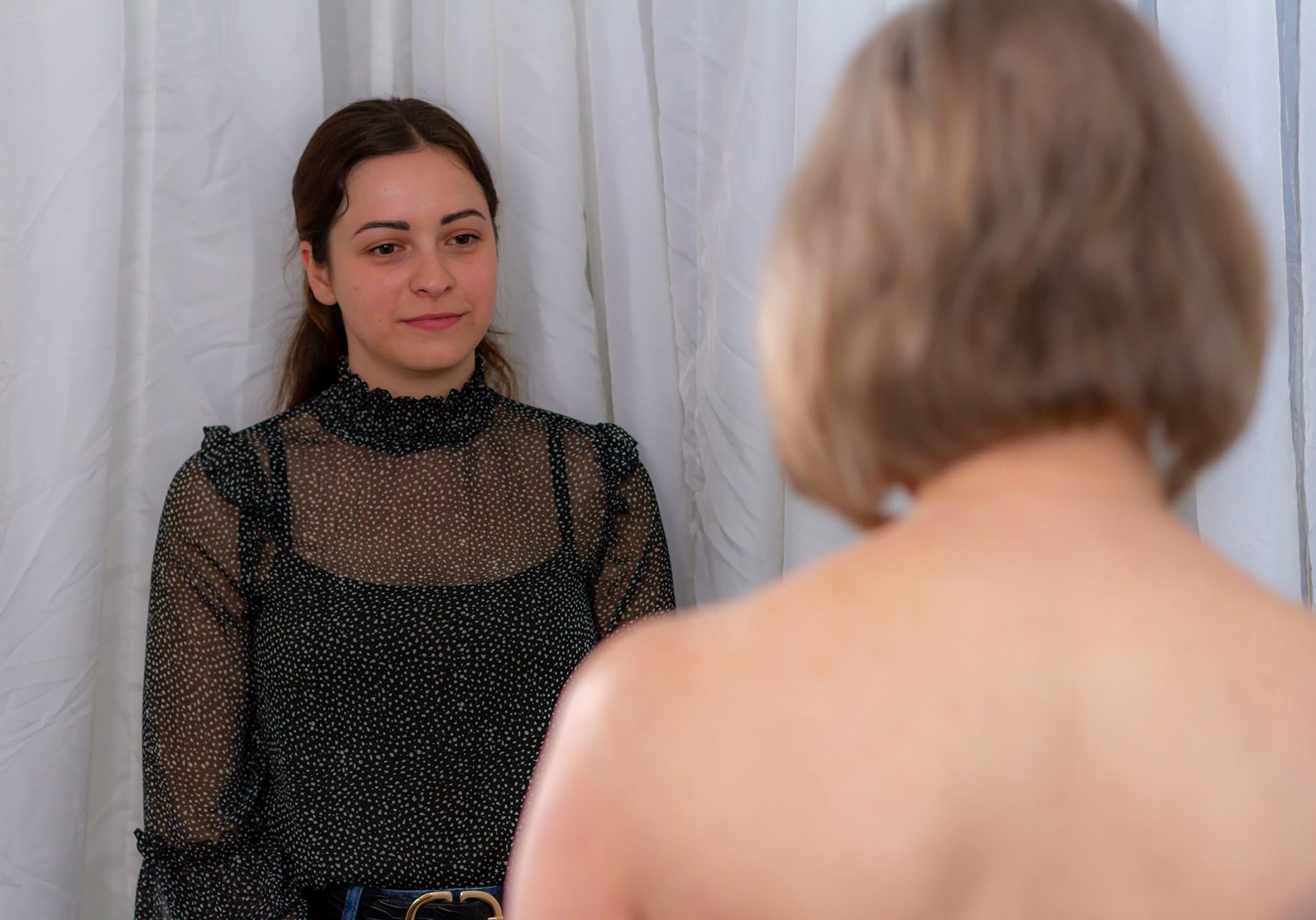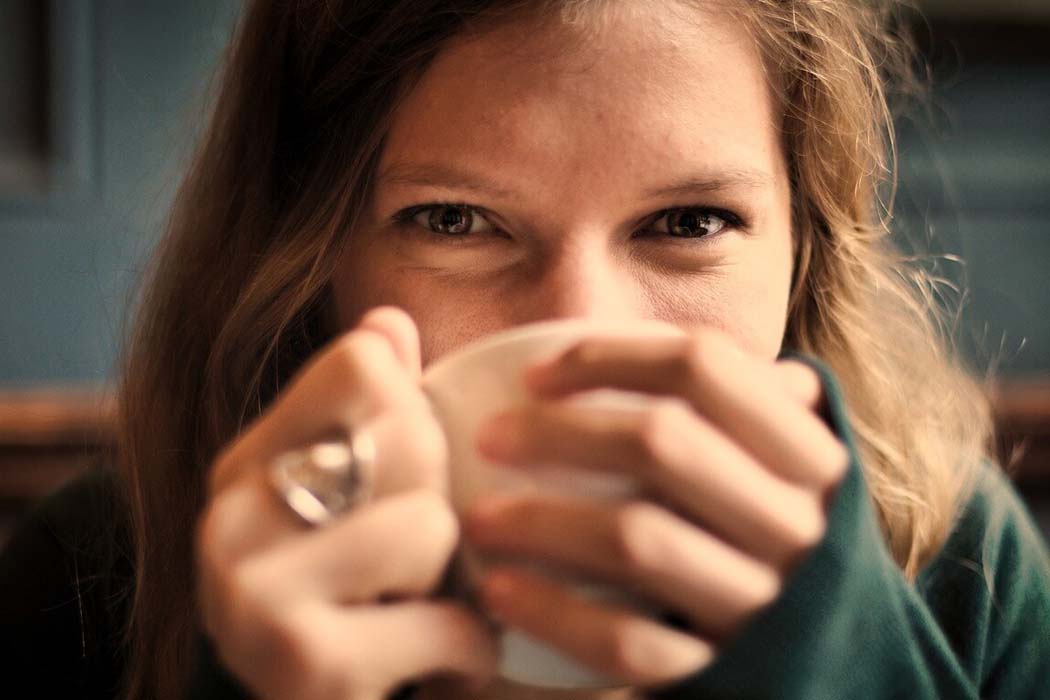
PERSONAL STORIES
A collection of interviews with and stories from women who have been affected by breast reconstruction

Personal Stories:
Sue
DCIS, two lumpectomies and radiotherapy then invasive DCIS, a single mastectomy and immediate DIEP reconstruction.
I’m 56 and live on my own with my two beloved cats. I’ll be two years post-op in January 2021.
I wrote this a year post-op in the hope that it’s helpful to someone; I’ve added a short update at the end.
I was diagnosed with breast cancer (DCIS) in February 2013 and had two lumpectomies and radiotherapy. I recovered well from this with no long-term effects other than a dimple in my breast (or so I thought).
I was then diagnosed with invasive ductal breast cancer in November 2018 (probably a recurrence). This was a huge shock; I really didn’t expect that. I had a single mastectomy and immediate DIEP reconstruction on 3rd January 2019. I now take Tamoxifen which has a few manageable side effects (nowhere near as terrible as I had imagined!) and I’m so grateful that I didn’t need chemotherapy and that my lymph node (they only tested one) was clear.
I had a large haematoma and oedema in a layer under the skin in my breast post-op. I found this quite difficult to deal with, as it prolonged my recovery.
I developed cellulitis in my reconstructed breast in March 2019 (probably due to radiotherapy damage in 2013) and was admitted to hospital on IV antibiotics for six days. It took a couple of days to finds an antibiotic which was effective, so that was worrying. This was a scary time as my skin suddenly turned bright red and I felt extremely unwell. I was seen in clinic the following morning and admitted; I have been told that this is unusual.
I had a further infection in April, but this was not as serious and was treated with oral antibiotics at home. It was good to have access to the Plastics’ emergency phone number at these times as they fitted me into clinic and saw me within 24 hours.
I was relatively fit before surgery, and only just had enough tummy fat for the reconstruction, so my tummy was very tight for a long time. I was unable to do some of the physio exercises on the printed sheets for a while and often worried that I wasn’t doing enough. I was advised that I would be “back to where I was pre-op by three months”, but it was much longer than that for me. A year later, I still have a tight tummy if I don’t stretch every day and I have lack of sensation in my tummy, breast and back of my shoulder and armpit.
I still have some oedema in my breast, but it is much better now. I have got used to my new body now and, although it feels different to how it used to, it feels like mine and I have grown to love it. Despite the difficult times, I have no regrets that I chose the DIEP reconstruction.
My Mum and Grandmother had breast cancer too so I requested a gene test which thankfully was negative for the three gene mutations they test for here.
Both breast cancers were found by mammogram – I had no lump or other symptoms.
Update: I’m now almost two years post-op. I have a reconstructed nipple (which I love) and I’m waiting for a tattoo. My scar tissue has settled, though I still have a bit of oedema.
I have discovered even more about myself in the past year. Putting on weight makes my scar tissue and oedema feel quite uncomfortable and I become more aware of it, so I try to keep fit and eat healthily. I still do my 10 minutes of yoga stretches daily.
I have found I can achieve far more than I thought would be possible. I did the Couch to 5K training in February 2020 and now run once or twice a week.
I have returned to my much-loved wild swimming all year round and I help out at my local nature reserve doing conservation work once a month. I’m also very pleased to be volunteering for Keeping Abreast.
Here are some resources I have found helpful:
Keeping Abreast – going to talks and being able to see surgery results (models), contact with other women who have had a DIEP reconstruction.
Star Throwers (local charity) – talking through my fears/hopes/questions with Tina (nurse) as well as lymphoedema massage and being shown how to do this myself at home.
Star Throwers – regular massages/foot reflexology (pre-Covid-19) – all free of charge!
Being able to phone Ruth and Britta (Breast Reconstruction Nurses) with questions and for reassurance.
DIEP Reconstruction UK Facebook Group (although sometimes this was a bit scary!)
UK Breast Cancer Support Group (Facebook)
Book – The Complete Guide to Breast Cancer – How to Feel Empowered and Take Control – Prof Trisha Greenhalgh & Dr Liz O’Riordan. I wish I’d had this book when first diagnosed.
Becca app. (Breast Cancer Now) – links to some great meditations (Kara) – I still use several of them. There’s also lots of useful information on there.
Finding meaningful things to do. I thought about which activities gave me pleasure and tried to adapt them, such as a short walk to the end of my road in the early days – just to hear the birds singing and the feel the sun on my face.
I found a short daily guided meditation helpful.
I bought myself a new camera and spent many peaceful hours taking nature photographs. It was good to realise I’d had a bit of time not thinking about breast cancer!
Monitoring my progress daily by marking how far I can get my arm up the door. I made some charts for useful exercises too that I ticked off daily.
I live on my own (no children, parents, partner), so a rota for visits from friends and family was useful. Just knowing someone was coming in to say hello in the early days was helpful. Finding the courage to ask for help was also important. It was fairly easy to ask someone to get a bit of shopping – but asking someone to empty cat litter trays was much more difficult! I’m so grateful to my dear friend who stayed the first three nights with me and helped me have a shower. I’ll never forget the kindness from friends and family.
Swimming: I love the outdoors and wild swimming but couldn’t do cold water swimming at first, so I swam at Beccles Lido as it’s outdoors and heated. I gradually increased this in length and frequency. I feel I “reclaimed” my body by doing this, as it felt so much softer and flexible in the water. I was able to start swimming six months post-op and started with a 20 minute swim. I started cold water wild swimming on the Summer Solstice on 21st June. It was amazing!
I wrote this after my first swim at Beccles Lido:
I felt my body return to itself as I moved through the water. The lightness of it, smoothness of it, restored my sense of self. Swimming underwater like a slinky mermaid! Feeling my strength return. The blue sky above, slight breeze on my skin and sun on my face. This is my heaven.
Yoga: I have a short daily yoga practice which I re-introduced very gradually and modified some of the moves to what I could do. I wasn’t able to go back to my yoga class for six months, so this was important for my emotional well-being as well as physically.
Writing in my journal: I felt this was an important time in my life and I wanted to remember it all – the good and the bad. I do find writing my thoughts down helpful anyway and it was very useful looking back to see how much progress I had made (when often it felt like very little). I bought an A4 day to a page diary and I still write most days. It’s also been useful in supporting others just by sharing my thoughts, feelings and experiences. I also took lots of selfies! Again, this was useful in tracking my progress.
I had a few sessions with Mimi the Psychologist based at my local hospital. It was very helpful to talk through some of the difficulties I had with returning to work. I’m a Psychotherapist and Occupational Therapist so work was a little difficult at first while still managing my own emotions. This was in addition to the monthly supervision I have as part of my private practice. Financially, I felt I had to return to work after three months, then I increased my hours over the next three months. I was very fortunate to have some savings which enabled me to do this.
Having a pragmatic approach to hot flushes – I read research which suggests this can be an indicator that Tamoxifen is working – so it’s easier to accept it knowing that. They are much better if I don’t get stressed! I carry a pretty fold up fan (the old-fashioned pleated type) and try to wear cotton if possible and layers.
Underpinning all this is compassion to myself. Giving myself permission to have an “off day” if needed, reducing my workload when I can and asking for help when I need it.
Alternatively, you can watch a range of informational videos on our YouTube channel.
About Us
Keeping Abreast was established in September 2007 by patients Anna Beckingham and Beverley Birritteri and Breast Reconstruction nurse specialist Ruth Harcourt. They recognised a great need for women, both newly diagnosed with breast cancer and facing the possibility of mastectomy, and also women further down the line who are also considering reconstructive surgery, to be able to meet and talk to other women who have been through similar experiences. This allows women make an informed choice about whether or not to proceed with breast reconstruction.
© 2021 © Keeping Abreast Breast Cancer Reconstruction Support Group, registered charity number: 1129522. Registered office: M&A Partners, 7 The Close, Norwich, NR1 4DJ

